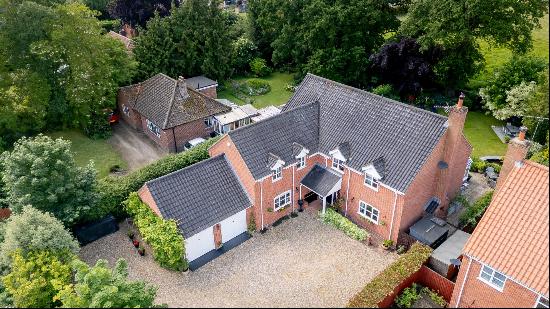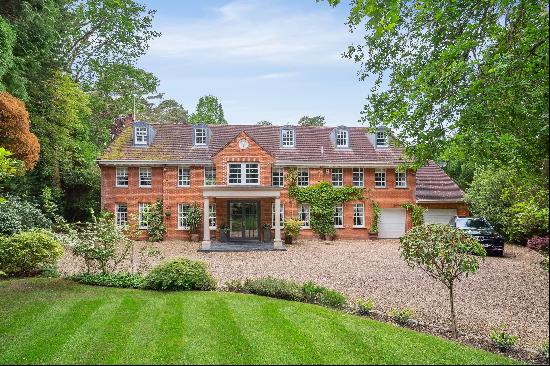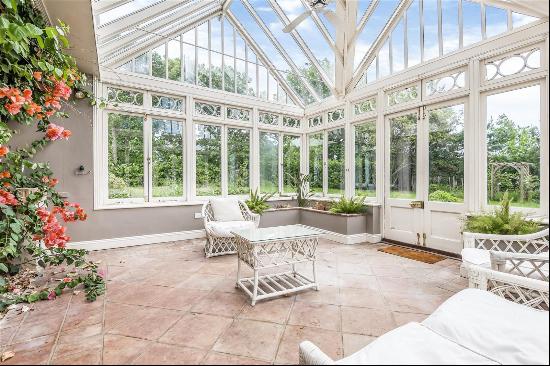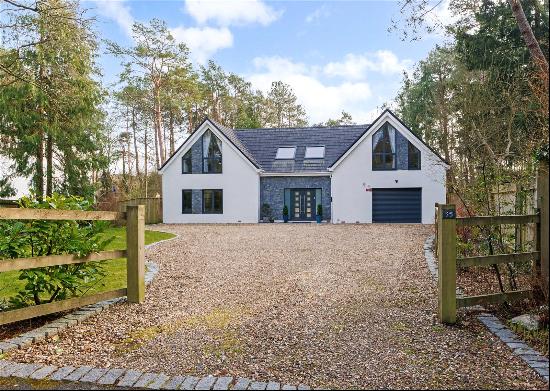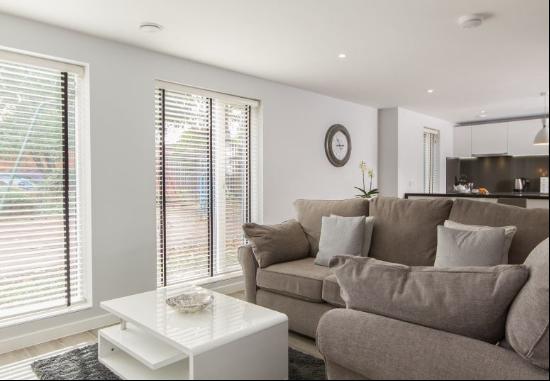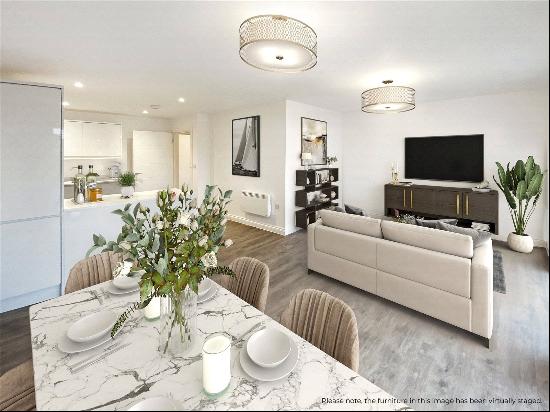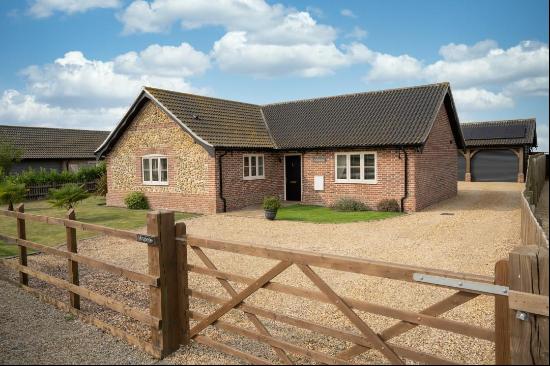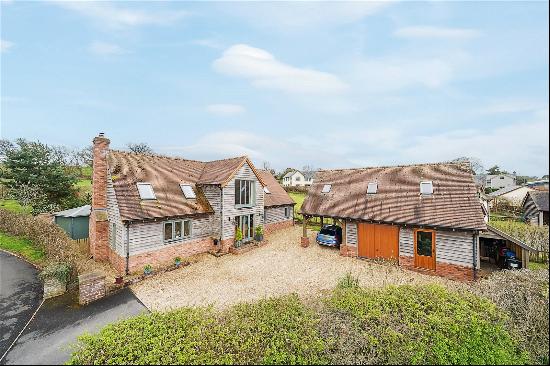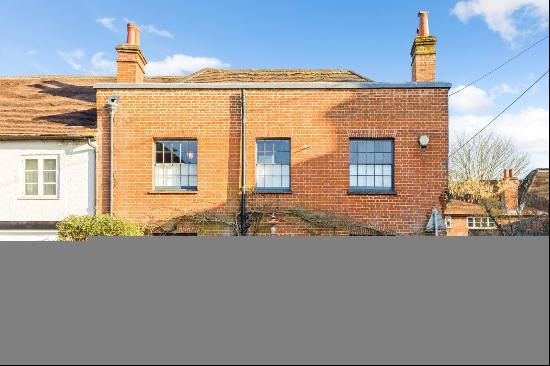
By Edwin Heathcote
“The house which, for want of a better word, we must continue to differentiate from the ordinary house as ‘artistic’, bases its claims not on its frillings and on its adornments, but on the very essence of its structure.”
The architect Mackay Hugh Baillie Scott, who wrote these words, might sound a little snobbish, all that looking down on the ordinary house. But there is an irony here, because of all architects it may well have been Baillie Scott who most influenced the design of the ordinary house in the early 20th century. In his quest for the “artistic house”, he created the template for the kind of neo-Tudor, fake half-timbered semis that lined the sides of every new “A” road coming out of London and the other growing British cities.
Yet his early work was also a huge influence on continental Europe, where it was more widely published than it was at home, impressing and inspiring the designers of the Vienna Secession and, subsequently, the early Modernists.

It can be difficult to square that radical Modernist influence with the homely, vernacular architecture of a house such as Garden Court in Guildford, with its tiled roof and timbers, and the clusters of gables and dormers, which look like they have been gently accreting and ageing for four centuries or more. Completed in 1913, the property is Grade II-listed and on the market for £5mn. The Gertrude Jekyll-designed garden adds to that self-conscious sense of English permanence, as if this were a landscape and architecture that had somehow grown out of the earth, which was of course exactly the effect the Arts and Crafts architects were attempting to achieve.
Look, for instance, at the living room, with its inglenook set inside huge chunks of oak, and its timbered ceiling and oak-framed bay. It all seems to yearn for a pre-industrial age, here deep in the stockbroker belt enabled by Britain’s wealth of modern manufacturing.
This is not, however, one of Baillie Scott’s more magnificent houses, such as Blackwell in the Lake District. Despite Garden Court’s seven bedrooms, four bathrooms and a seemingly extravagant four reception rooms, it is actually relatively modest and manages to accommodate all that space in a house that wraps around a courtyard to make it appear surprisingly compact. This courtyard, with its small pond and dense planting, acts as a kind of green-lined lobby, very much characteristic of Jekyll, who was best known for her collaborations with Edwin Lutyens and her rather architectural conception of gardens as series of rooms. A terrace to the rear similarly acts as an outdoor room, with views over the extensive lawn and the North Downs beyond.

While Baillie Scott disdained the “frillings” and “adornments” of architecture, it was not that he did not frill and adorn himself. Some of his houses, and particularly his furniture, feature exquisite inlays and organic motifs, much of which, again, proved highly influential in Vienna and beyond. But this is a late house, completed only a year before the outbreak of the first world war. By then, Arts and Crafts was drifting out of fashion to be replaced by a grander, more classical Beaux Arts architecture.
Somehow you can see here the move to a more austere architecture as Baillie Scott’s interests turned towards the problems of mass housing rather than dwellings for the wealthy. He was always interested in detail and was known for the attention he lavished on, for instance, the ironmongery, much of which was bespoke and designed by him in a very traditional cast iron, rather than the much more familiar brass. Some of these wonderful fittings survive here.
There are a few later mis-steps however. It might be wonderful to look through picture windows at that most English of landscape but it jars heavily with Baillie Scott’s architecture: the original windows would have been divided into small panes of leaded glass, as they still are in rooms including the capacious kitchen and timbered master bedroom. Elsewhere, the panelling might look in keeping but its sharp-edged design gives it away as a more modern confection.
Nevertheless, as a vision of the fully mature Arts and Crafts movement by two of its finest proponents, this is, without doubt, a difficult house to beat.
Photography: Bagshaw & Hardy Ltd/Knight Frank








